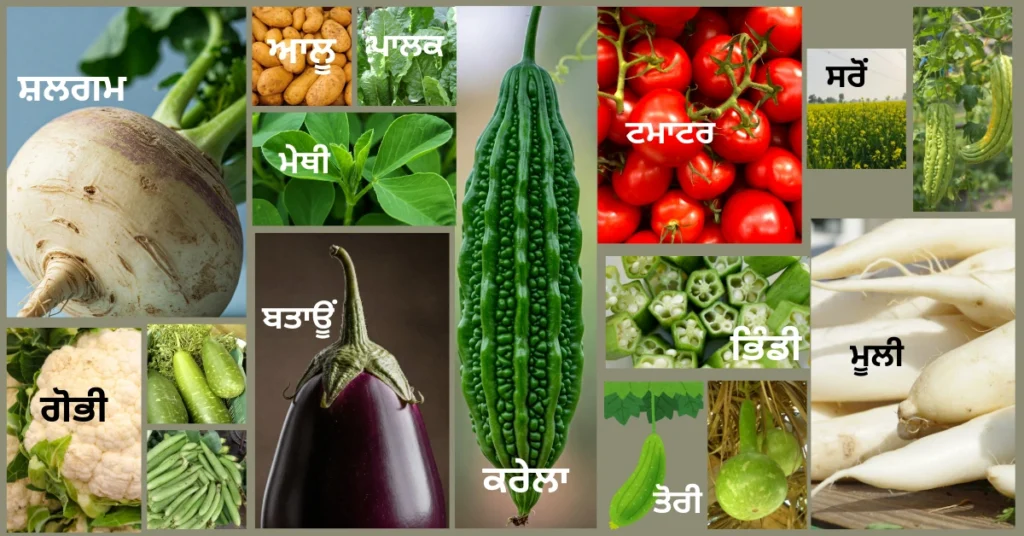
Learning vegetable names in Punjabi is more than a vocabulary lesson—it’s a cultural experience. Punjabi culture is rich in traditions, flavours, and hearty meals that bring families together. At the center of this culinary world are vegetables—used in various forms, from spicy gravies to wholesome flatbreads. Whether you’re planning a trip to Punjab, want to cook authentic dishes, or just want to impress your Punjabi friends, knowing these names can be a real conversation starter.
Here’s a detailed and easy-to-read table that lists the 16 popular vegetables with their English and Punjabi names (in both Gurmukhi and Roman script).
| No. | English Name | Punjabi Name (Gurmukhi) | Punjabi Name (English) |
|---|---|---|---|
| 1 | Potato | ਆਲੂ | Aaloo |
| 2 | Cauliflower | ਫੂਲ ਗੋਭੀ | Phool Gobhi |
| 3 | Okra / Lady Finger | ਭਿੰਡੀ | Bhindi |
| 4 | Eggplant / Brinjal | ਬੈੰਗਣ | Baingan |
| 5 | Methi | ਮੇਥੀ | Methi |
| 6 | Spinach | ਪਾਲਕ | Palak |
| 7 | Onion | ਪਿਆਜ਼ | Pyaaz |
| 8 | Tomato | ਟਮਾਟਰ | Tamatar |
| 9 | Bottle Gourd | ਲੌਕੀ | Lauki |
| 10 | Ridge Gourd | ਤੋਰੀ | Tori |
| 11 | Ivy Gourd | ਕੁੰਦਰੂ | Kundroo |
| 12 | Radish | ਮੂਲੀ | Mooli |
| 13 | Pointed Gourd | ਪਰਵਲ | Parwal |
| 14 | Bitter Gourd | ਕਰੇਲਾ | Karela |
| 15 | Apple Gourd | ਟਿੰਡਾ | Tinda |
| 16 | Mustard Greens | ਸਰੋਂ ਦੇ ਪੱਤੇ | Saron De Patte |
You’ll also find this knowledge helpful when exploring Indian grocery stores, reading Punjabi cookbooks, or even just labeling your homemade spice mixes and veggie containers. Understanding these names can bring you closer to the vibrant spirit of Punjab and help you appreciate the language and lifestyle a little more.
Common Punjabi Vegetable Names
Let’s start with the foundational veggies in Punjabi kitchens. These are the names you’ll hear often in conversations, recipes, and market stalls.
1. Aloo (Potato)
Aloo (ਆਲੂ) is the heart of many Indian dishes. Its soft texture and neutral taste make it perfect for absorbing spices. In Punjabi cuisine, aloo is found in dishes like aloo matar (potatoes with peas), aloo gobhi, and the ever-popular aloo paratha. You’ll also find potatoes in street food like samosas and tikki. Because it’s so filling and easy to cook, it’s often a go-to for breakfast, lunch, or dinner.
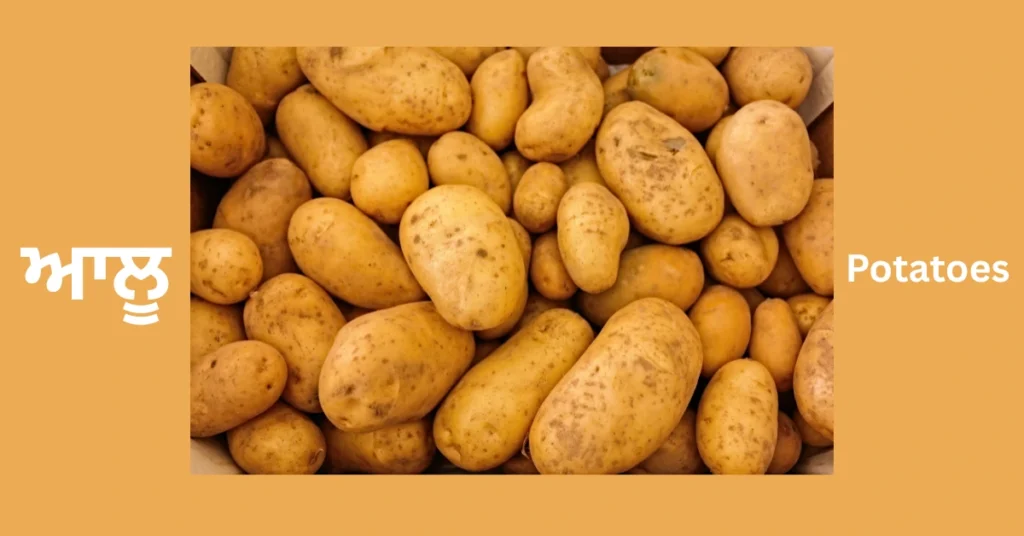
2. Gobhi (Cauliflower)
Gobhi (ਗੋਭੀ) is cauliflower, a vegetable that can easily take on the spices and textures of Indian cuisine. Popular in dishes like gobhi masala and aloo gobhi, it’s usually sauteed with turmeric, cumin, and garam masala. Many households also use gobhi as a stuffing for parathas. Its firm texture helps it hold up well in dry and semi-gravy dishes.
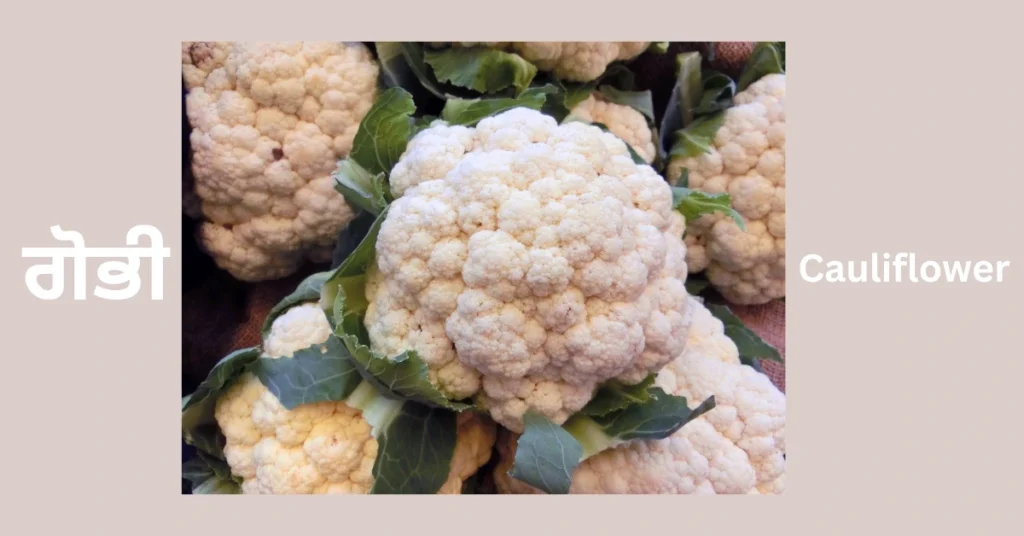
3. Bhindi (Okra)
Bhindi (ਭਿੰਡੀ) or okra is a slender green pod that is slimy when cut, but when cooked well, it turns delightfully crispy. Punjabis cook bhindi with onions, tomatoes, and spices in dishes like bhindi masala. Its unique texture makes it a favorite for many. Some people also stuff bhindi with spiced chickpea flour for a dry curry full of crunch and taste.
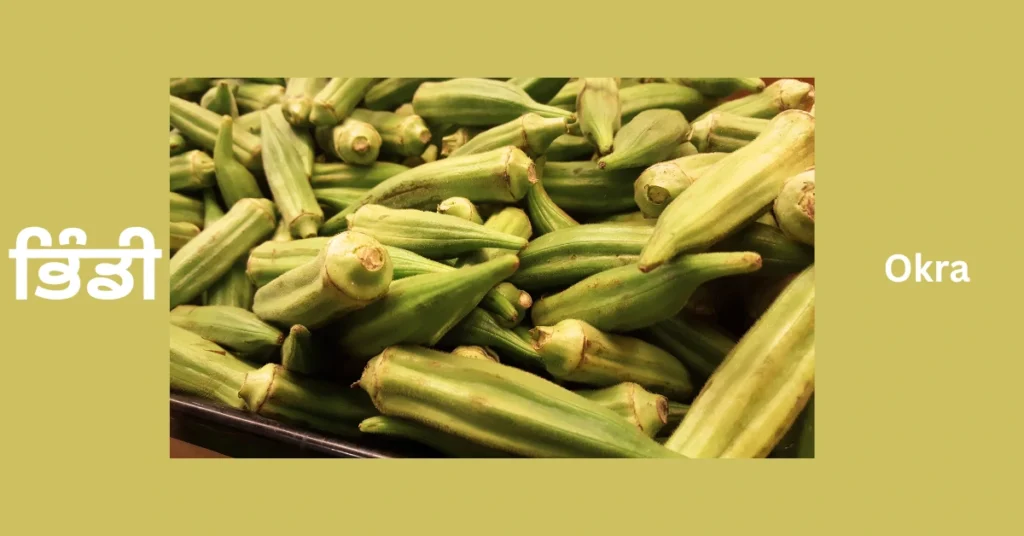
4. Tamatar (Tomato)
Tamatar (ਟਮਾਟਰ), though technically a fruit, is used as a foundational vegetable in almost every Punjabi dish. From dal tadka to chole, tomatoes are used to create the base or masala with onions and garlic. Tomatoes bring a tangy richness and colour to gravies. You’ll also find them in chutneys and pickles, adding a fresh kick.
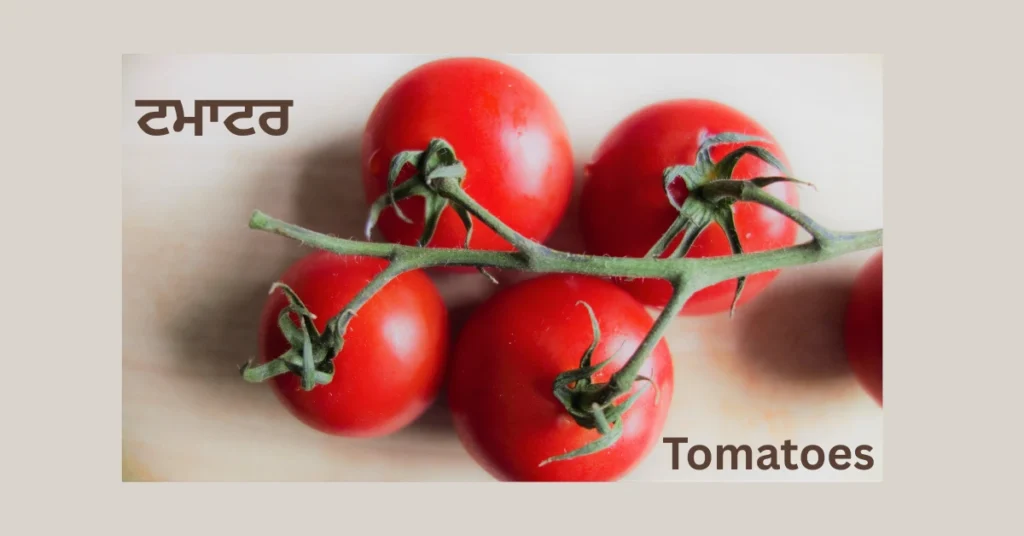
5. Baingan (Eggplant)
Baingan (ਬੈੰਗਣ) or eggplant is famous in Punjab because of baingan bhartha—a smoky, mashed eggplant dish cooked with garlic, onions, and green chilies. The eggplant is roasted directly on the flame, giving it a charred flavour that’s hard to resist. Baingan also pairs well with potatoes in dry sabzis and can be deep-fried for a crispy treat.
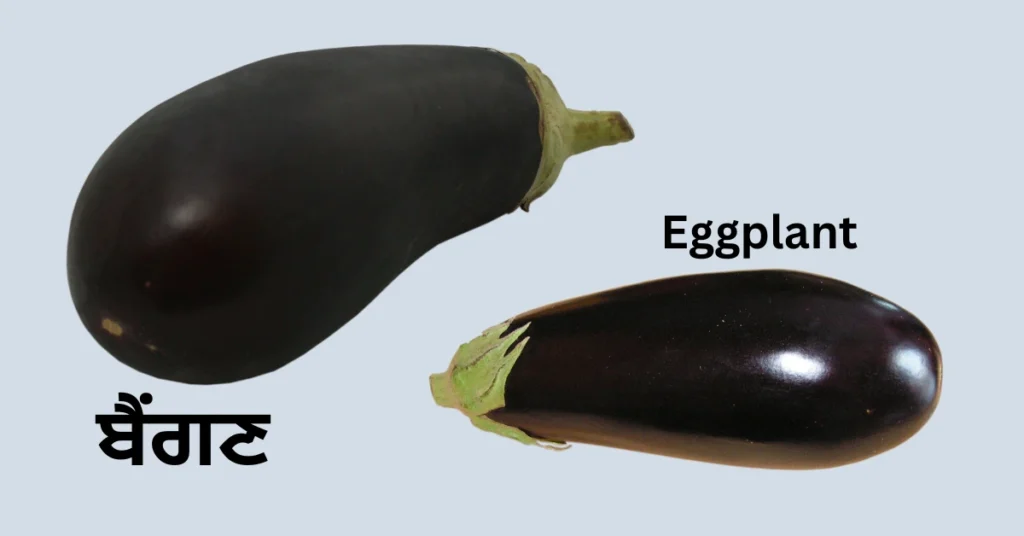
Leafy Greens in Punjabi
Leafy greens play a vital role in Punjabi households, especially during the winter season when they’re most abundant and nutritious.
6. Sarson (Mustard Greens)
Sarson (ਸਰੋਂ) or mustard greens are iconic in Punjabi cooking. The classic dish saron da saag is often slow-cooked with other greens and served with makki di roti. It’s not just a meal—it’s a seasonal tradition. Rich in iron, folate, and flavor, sarson is usually prepared with a generous dollop of ghee and white butter on top.
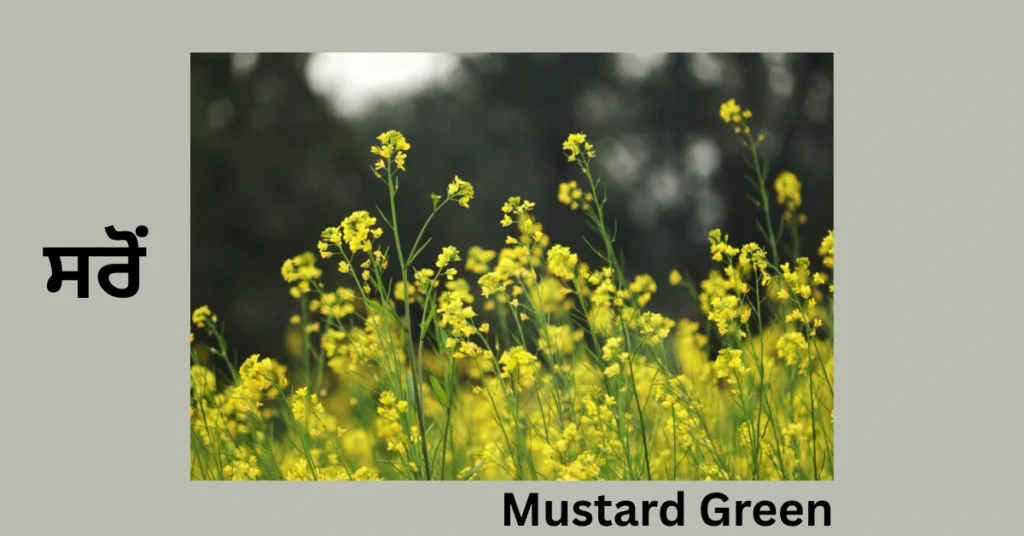
7. Palak (Spinach)
Palak (ਪਾਲਕ) is spinach, a green loaded with nutrients like iron and calcium. In Punjabi cuisine, it’s most loved in palak paneer, a smooth, creamy dish made by blending spinach and mixing it with paneer cubes. Spinach is also used in dals, soups, and stir-fries, making it a versatile choice for healthy meals.
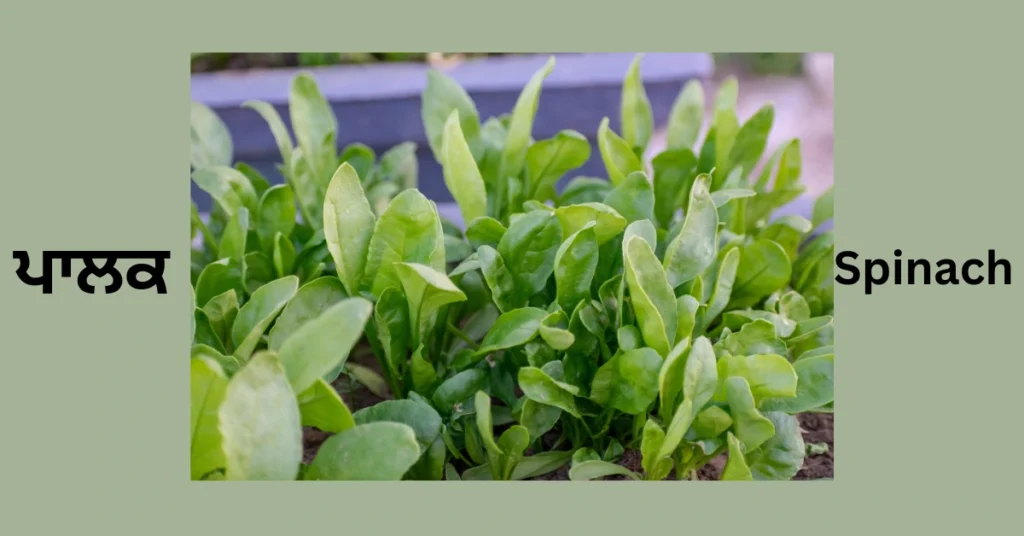
8. Methi (Fenugreek Leaves)
Methi (ਮੇਥੀ) has a strong, slightly bitter flavour that adds depth to dishes. It’s often used fresh in methi aloo, where it’s sautéed with potatoes and spices. Methi parathas, made by kneading chopped methi leaves into dough, are common in Punjabi breakfasts. It’s also great for digestion and helps balance blood sugar levels.
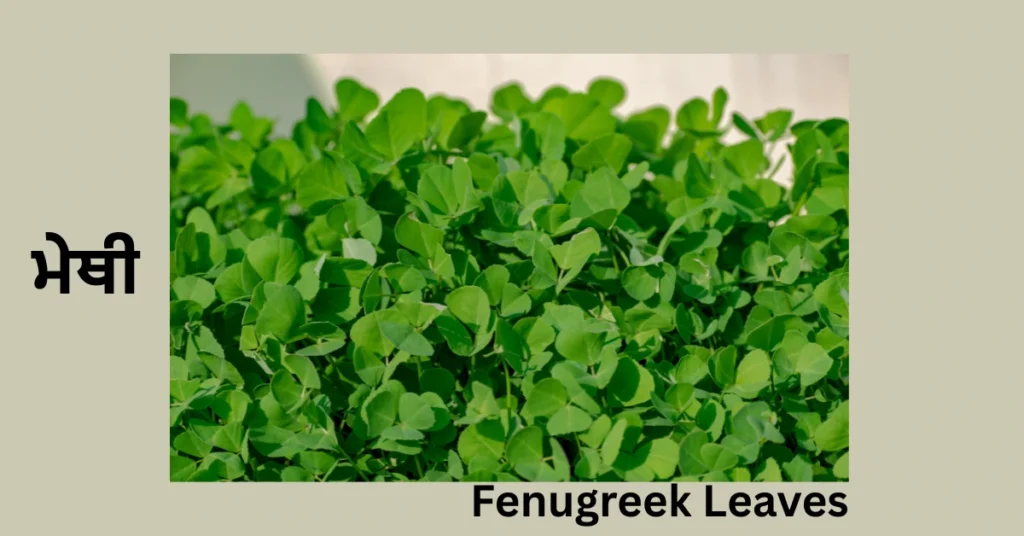
Root Vegetables in Punjabi
Root vegetables are especially important in winter meals and are often featured in hearty stews and curries.
9. Shalgam (Turnip)
Shalgam (ਸ਼ਲਗਮ) is a root vegetable with a mild, earthy flavour. In Punjab, it’s slow-cooked with spices, and sometimes even made into shalgam da achaar (turnip pickle). Turnip curry is rich in flavor and often paired with warm chapatis. It’s also high in fiber and beneficial for gut health.
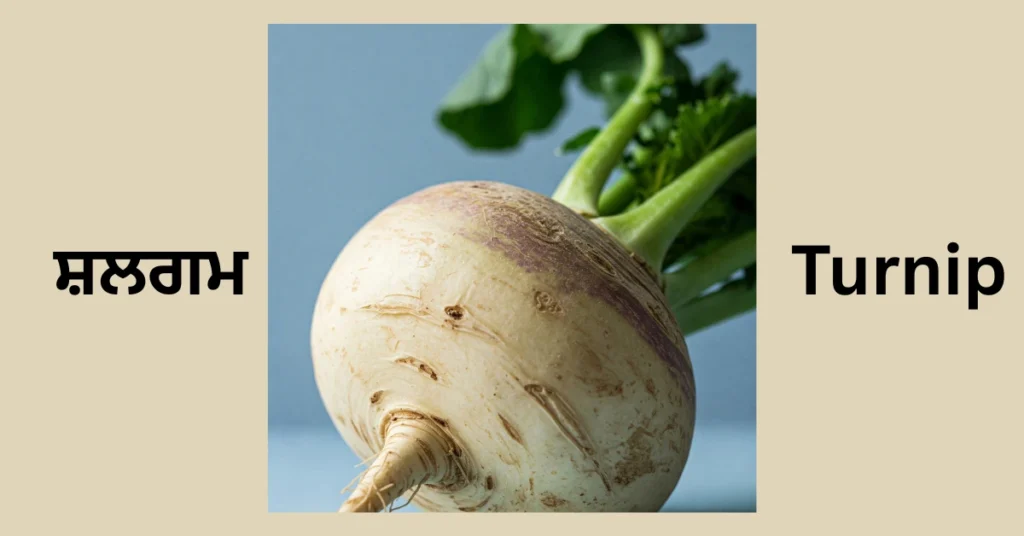
10. Mooli (Radish)
Mooli (ਮੂਲੀ) is crunchy and peppery. It’s usually grated and stuffed into mooli parathas, often enjoyed with butter and curd. Mooli is also used in salads and pickles. In cold weather, eating raw mooli is thought to help with digestion and keep the body warm from within.
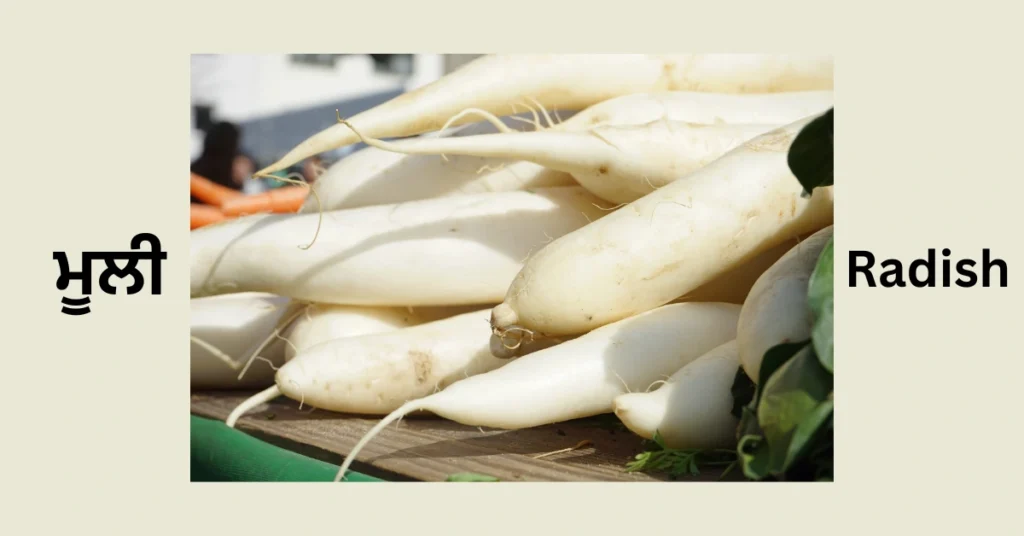
Fruity Vegetables You Didn’t Know Had Cool Names
These veggies grow like fruits but are used as vegetables in Punjabi recipes.
11. Karela (Bitter Gourd)
Karela (ਕਰੇਲਾ) is known for its bitter taste but is loved for its health benefits. It’s packed with antioxidants and is often used in diabetic-friendly dishes. Punjabi recipes balance its bitterness with onions, spices, or by stuffing it with masala. Despite its strong flavour, karela remains a favourite in many households.

12. Tinda (Apple Gourd)
Tinda (ਟਿੰਡਾ) is round, light green, and mildly flavoured. It cooks quickly and absorbs flavours well. It’s ideal for light summer curries and pairs well with minimal spices, making it perfect for those seeking gentle, easy-to-digest meals. Tinda is also commonly included in mixed vegetable dishes.

Less Common But Loved in Punjab
These vegetables might not make international headlines, but they’re deeply loved in Punjabi homes.
13. Loki (Bottle Gourd)
Loki (ਲੌਕੀ) is used in everything from soups to sweets like lauki halwa. It’s light, water-rich, and easy to digest. Loki curry is often recommended for people recovering from illness or those looking for low-fat meal options. It’s also juiced and consumed as a detox drink.
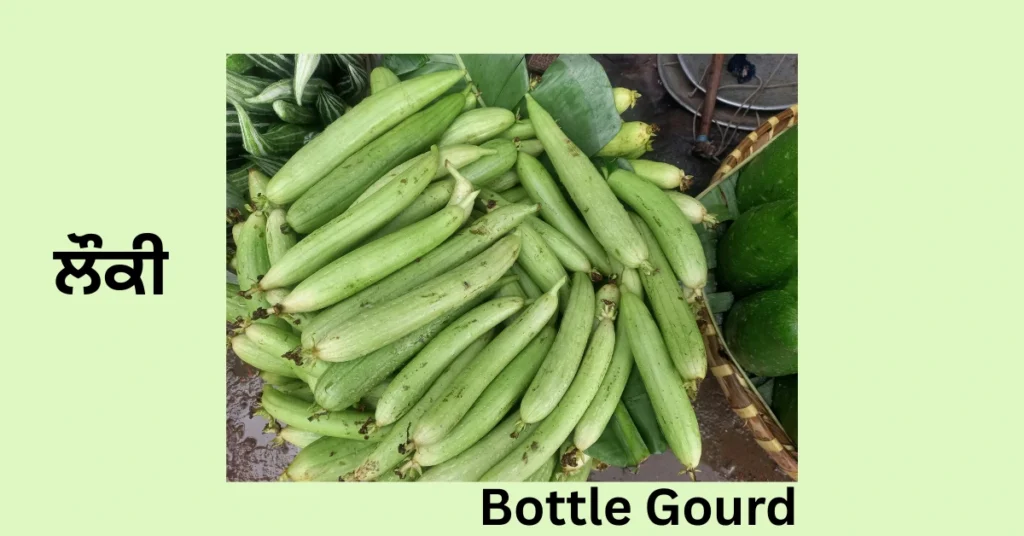
14. Parwal (Pointed Gourd)
Parwal (ਪਰਵਲ) is mildly sweet and has a crunchy skin. It’s often cooked with potatoes or stuffed with spices. While more popular in eastern India, many Punjabi households also enjoy it as a change from regular dishes. Parwal also pairs well with mustard seeds and turmeric.
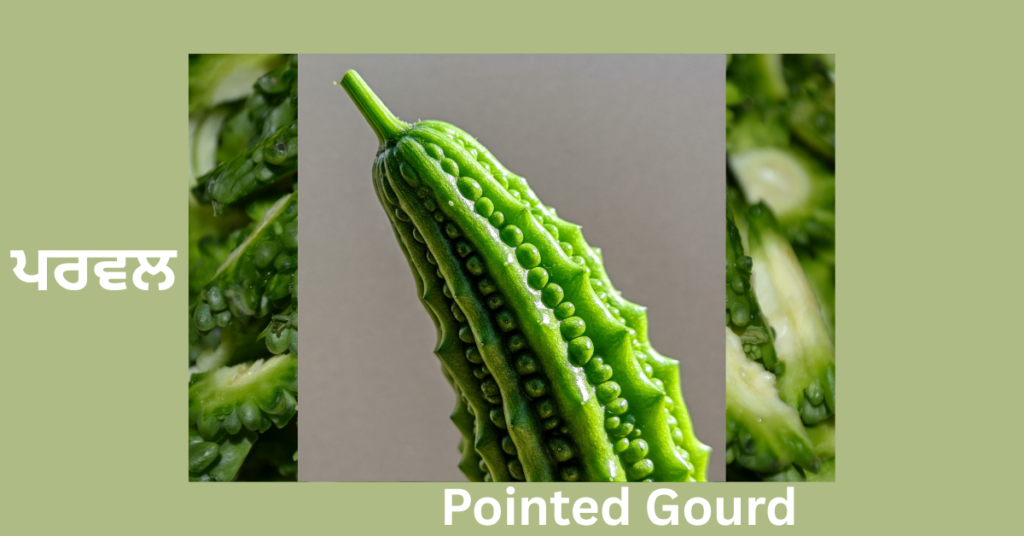
15. Kundru (Ivy Gourd)
Kundru (ਕੁੰਦਰੂ) is similar in size and shape to parwal but has a slightly different flavour. It’s usually chopped finely and sauteed with garlic, onions, and mustard seeds. Though not as widely available as other vegetables, it’s cherished in many homes for its unique taste and health benefits.
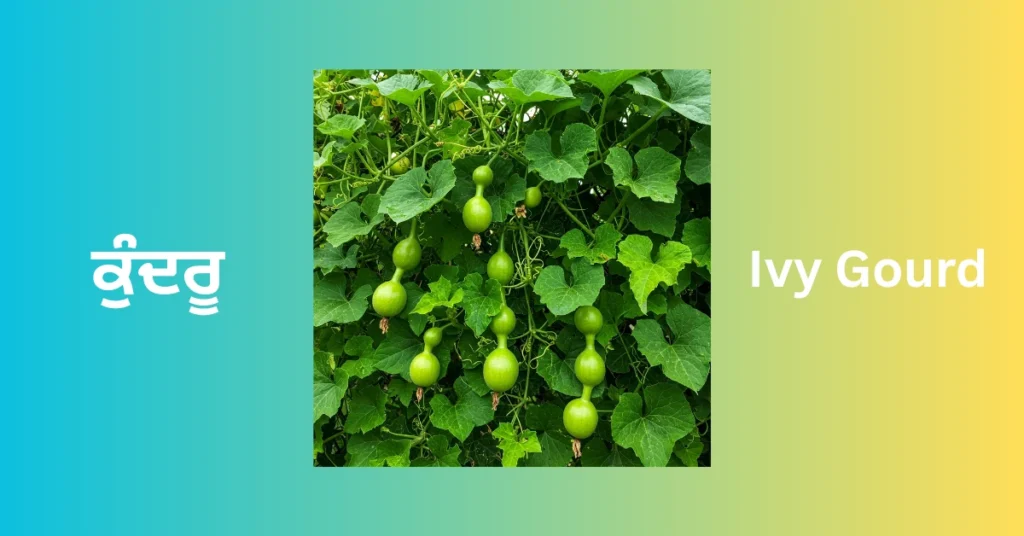
16. Torai (Ridge Gourd)
Torai (ਤੋਰੀ) is a long, green vegetable with ridges running along its skin. It becomes soft when cooked and is commonly prepared with onions and tomatoes. It’s high in water content and great for digestive health. In Punjabi homes, it’s a comfort food, especially in the summer months.
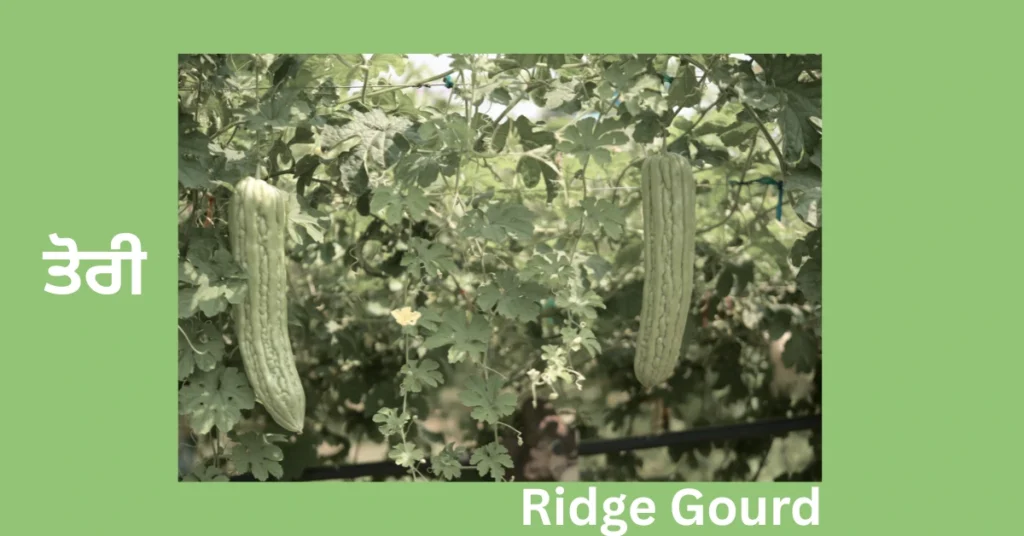
Why It’s Fun to Learn Vegetable Names in Punjabi
Learning these names makes your cooking experience richer and more authentic. You’ll be able to understand Punjabi recipes, shop in desi stores confidently, and even start small talk with Punjabi aunties at the sabzi mandi! It’s also a great way to feel connected with the language, especially if you’re learning Punjabi for cultural or family reasons.
Bonus Tips to Remember These Names
- Use flashcards: Create a set with pictures and Punjabi names.
- Watch Punjabi cooking shows: Hearing the names repeatedly helps with memory.
- Shop at Indian grocery stores: Labels and staff often use native terms.
- Practice cooking: Try one new vegetable each week and use its Punjabi name.
Conclusion
Learning Punjabi vegetable names opens the door to a deeper cultural and culinary journey. From everyday favourites like aloo and gobhi to leafy greens like sarson, you now know the key ingredients that bring Punjabi kitchens to life. Whether you’re a foodie, language learner, or traveler, this knowledge will surely spice up your experiences.
FAQs: Vegetables Names in Punjabi
1. What is spinach called in Punjabi?
Spinach is called Palak (ਪਾਲਕ) in Punjabi. It’s a leafy green vegetable often used in traditional dishes like Palak Paneer, where it’s pureed and cooked with Indian cheese cubes and spices. Palak is also added to soups, flatbreads, and curries because of its soft texture and health benefits like iron and fiber.
2. How do you say eggplant in Punjabi?
Eggplant is called Baingan (ਬੈੰਗਣ) in Punjabi. It’s a very common ingredient in Punjabi kitchens. One popular dish made with baingan is Baingan Bhartha, where the eggplant is roasted over fire, mashed, and then cooked with onions, tomatoes, and spices. It has a smoky taste and goes well with roti.
3. What is the Punjabi name for radish?
Radish is known as Mooli (ਮੂਲੀ) in Punjabi. It’s widely used in dishes like Mooli Paratha, a stuffed flatbread made with grated radish and spices. Mooli is also pickled or added to lentil soups. It’s crunchy and slightly spicy, often eaten raw in salads as well.
4. Are there any Punjabi dishes made with these vegetables?
Yes, there are many traditional Punjabi dishes made with these vegetables. For example:
Baingan Bharta (Smoky mashed eggplant cooked with onions and tomatoes)
These dishes are not just tasty, but also hold cultural value and are often served during festivals and family gatherings.
Aloo Gobhi (Potatoes and Cauliflower stir-fried with spices)
Palak Paneer (Spinach and Paneer in a creamy curry)
Sarson da Saag (Mustard greens cooked with spices, served with Makki di Roti)
5. Is it useful to learn Punjabi vegetable names?
Definitely! Learning Punjabi vegetable names can be very helpful if you enjoy cooking Indian food, especially Punjabi dishes. It’s also useful when shopping at Indian grocery stores, following recipes in Punjabi cookbooks, or talking to native speakers. Plus, it gives you a deeper connection with the Punjabi culture and language.
Read More

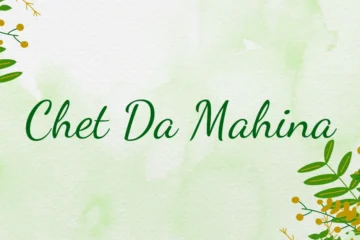

0 Comments